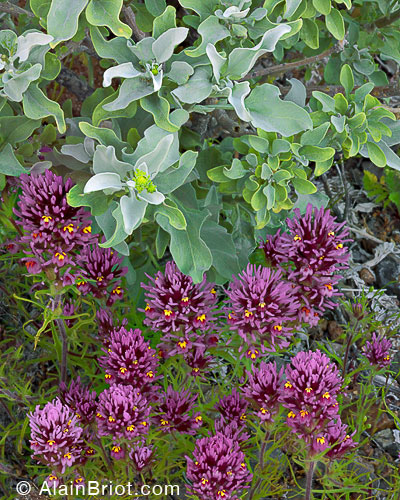Alain Briot
pro member
Here is the first photograph from the P45 that I posted on my site:

Phase One P45 on Hasselblad 503CW with 150mm Sonar with metering prism and handgrip motor.
ISO 100
5 seconds exposure
Custom white balance
Converted in Capture One 3.7 and optimized in Photoshop CS3.
Two captures blended together using Photomerge
Location: The Sonoran Desert North of Phoenix, Arizona near Lake Pleasant.
If you know the name of the purple flowers and of the plant behind them please post it here. I didn't look them up.

Phase One P45 on Hasselblad 503CW with 150mm Sonar with metering prism and handgrip motor.
ISO 100
5 seconds exposure
Custom white balance
Converted in Capture One 3.7 and optimized in Photoshop CS3.
Two captures blended together using Photomerge
Location: The Sonoran Desert North of Phoenix, Arizona near Lake Pleasant.
If you know the name of the purple flowers and of the plant behind them please post it here. I didn't look them up.
Last edited:

